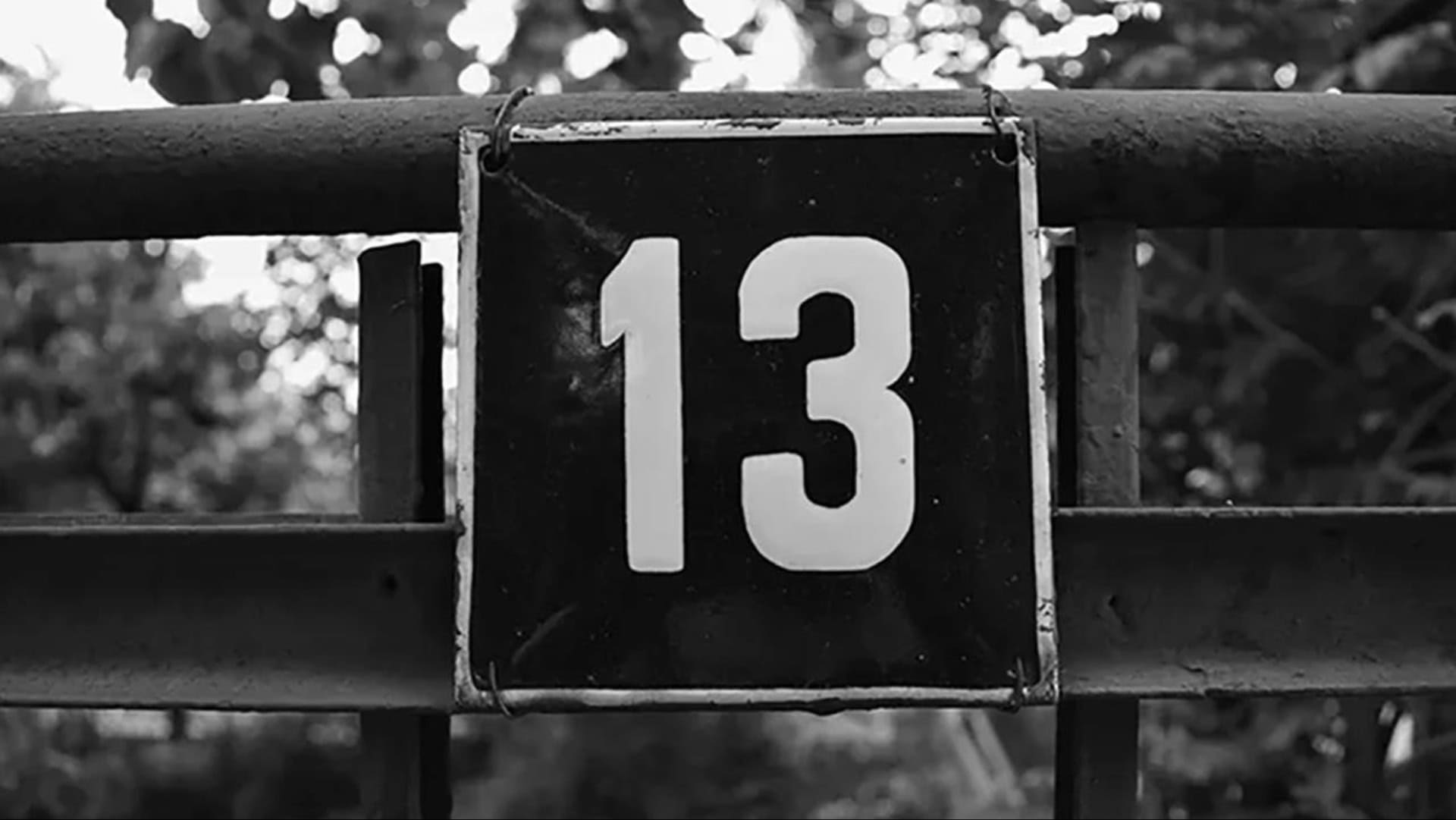Building a house is not just about bricks and mortar. It’s an age-old craft laced with superstition!
Across cultures, various beliefs have emerged, guiding and sometimes perplexing those involved in construction.
Whether you’re a firm believer or a curious skeptic, these superstitions certainly add an intriguing layer to the art of building.
Here, we’ll explore 10 fascinating house-building superstitions that continue to captivate and caution builders around the world.
1. Sainted Medals
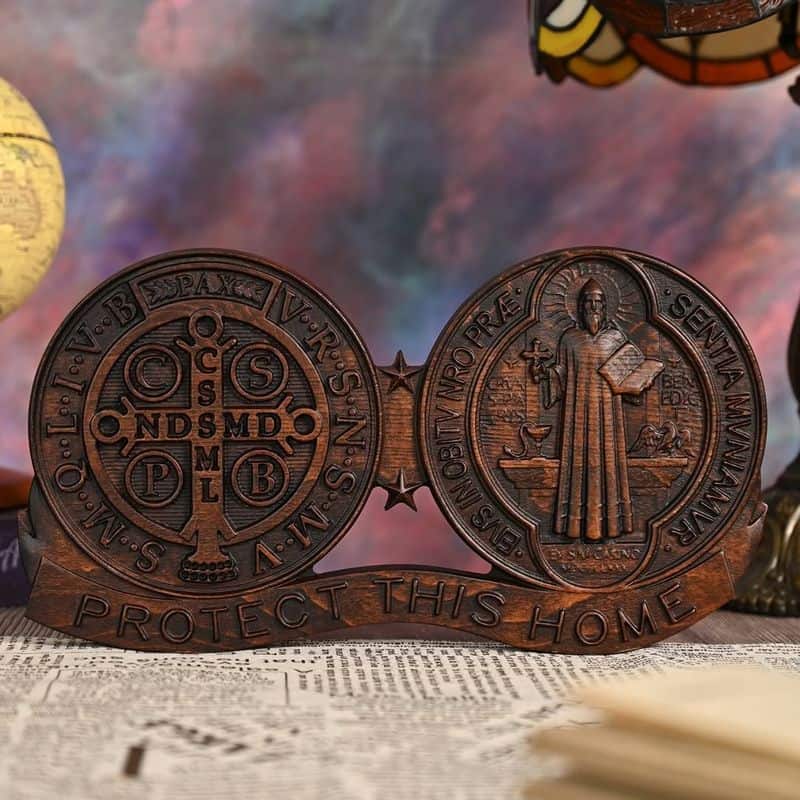
Placing medals of saints, particularly Saint Benedict, in the foundation is believed to protect the home from evil.
This superstition stems from Saint Benedict’s reputation as a protector against dark forces.
Builders often bury a medal during groundbreaking ceremonies, inviting blessings and safeguarding the household.
This ritual is seen as a spiritual shield, ensuring peace and prosperity.
For those embarking on construction, considering the inclusion of a saint medal may offer not only a spiritual safeguard but also a comforting tradition, blending faith and foundation.
2. Buried Wealth

Burying coins or small treasures beneath a new home is a practice aimed at bringing wealth to its inhabitants.
This custom is rooted in the belief that hidden wealth attracts prosperity.
Traditionally, coins must be new or uncirculated, symbolizing fresh beginnings and financial growth.
Homeowners often involve family members in this ritual, fostering communal blessings.
Embracing this superstition may be seen as a hopeful gesture, promising abundance and financial stability, an alluring prospect for new homeowners.
3. Stair-Raising Superstition

When building stairs, some believe they can invite misfortune if not carefully constructed.
One superstition advises placing garlic beneath the first step to ward off bad luck.
This belief highlights the staircase as a transitional space, bridging different parts of the home. Builders may carry out this ritual to ensure a harmonious flow within the house.
Such practices offer a blend of tradition and precaution, suggesting that even small steps can have significant impacts on the home’s fortune.
4. Triskaidekaphobia
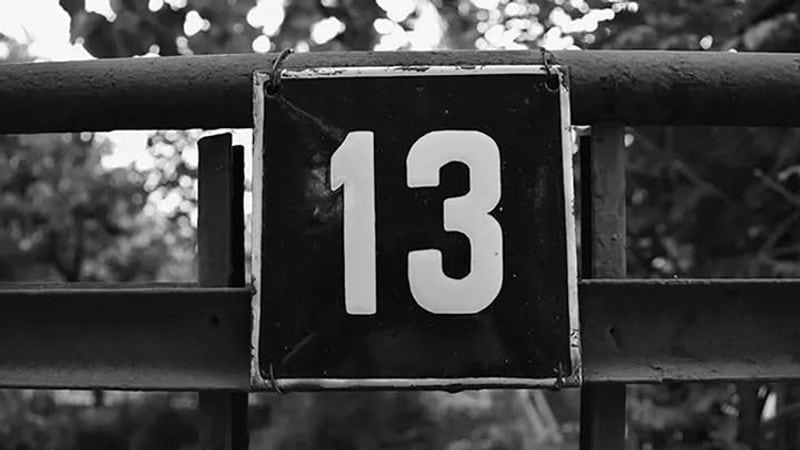
The fear of the number 13, known as Triskaidekaphobia, often leads builders to exclude a 13th floor or room.
Though seemingly irrational, this practice is widespread, reflecting a deep-rooted aversion to the number.
Many buildings skip directly from floor 12 to 14 to prevent unease among potential occupants.
This superstition serves as a reminder of the influence of numbers in architecture, showcasing how psychological comfort can shape structural decisions.
5. Buy-Day The 13th

Some cultures avoid starting construction on the 13th day of any month, fearing it may bring bad luck.
This superstition parallels Triskaidekaphobia, as the number 13 carries ominous connotations.
Builders and homeowners may deliberately plan around this date to ensure a smooth project.
Acknowledging this belief can often accommodate cultural sensitivities, fostering a harmonious construction process.
6. Chinese Numbers

In Chinese culture, numbers hold significant meaning, influencing decisions in building design.
The number 8, considered extremely lucky, often appears in addresses, floor counts, or room numbers to attract prosperity.
Conversely, the number 4, sounding like “death” in Chinese, is typically avoided.
By aligning construction practices with these beliefs, builders can appeal to cultural preferences, enhancing the appeal and success of the property.
7. Long & Winding Garden Path
A meandering garden path is believed to confuse evil spirits, preventing them from entering the home directly.
Incorporating winding paths in garden design is not only aesthetically pleasing but also considered a protective measure.
This belief emphasizes the importance of the landscape in safeguarding inhabitants.
Choosing to design a curvy path can thus blend practicality with tradition, offering peace of mind alongside garden beauty.
8. Spirit Houses
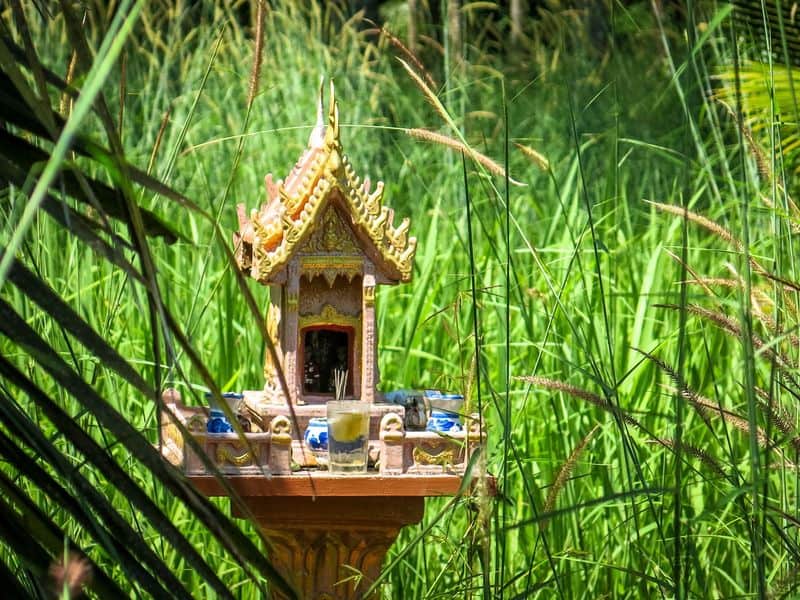
In Southeast Asia, spirit houses are built to appease local spirits disturbed by construction.
These small shrines, placed in gardens or yards, receive offerings like food and incense, fostering harmony between the physical and spiritual realms.
This tradition underscores a respect for unseen energies.
By acknowledging the presence of spirits, homeowners aim to prevent disruption, cultivating a peaceful coexistence within their domestic space.
9. Witch’s Crook
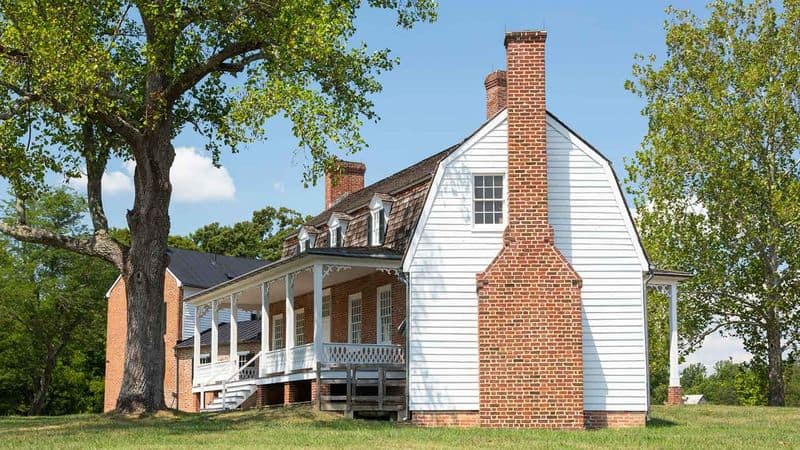
Placing a crooked branch above a doorway is thought to deflect witchcraft and malevolent forces.
This practice, also known as the witch’s crook, serves as a protective charm, integrating nature into the home’s defense strategy.
The branch’s irregular shape is believed to confuse and repel negative energies.
Homeowners adopting this superstition create not only a mystical barrier but also embrace a piece of folklore that enriches their home’s character.
10. Old Broom
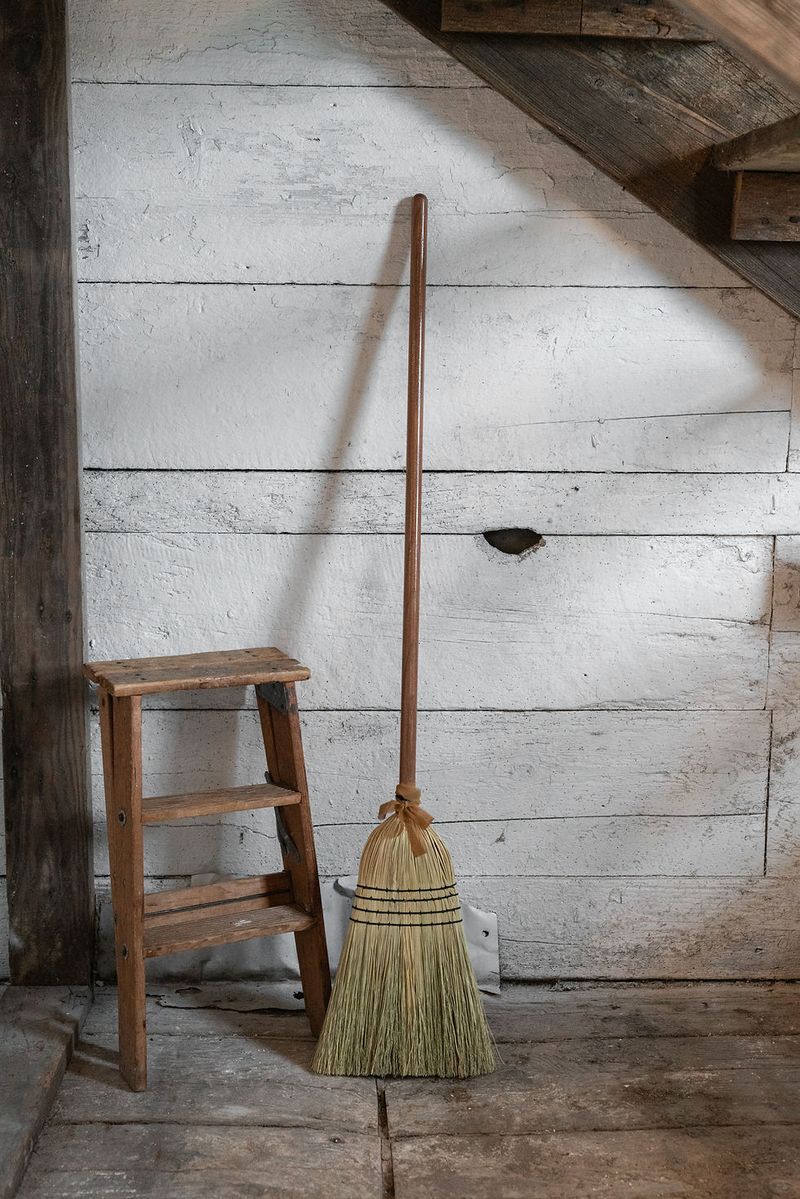
When moving into a new home, discarding an old broom is said to prevent carrying over old troubles.
This superstition reflects the idea of starting fresh, leaving behind past misfortunes, and welcoming a clean slate.
By replacing the broom, homeowners symbolically sweep away negative energy.
Engaging in this practice can offer a tangible sense of renewal, enhancing the emotional transition into a new living space.

